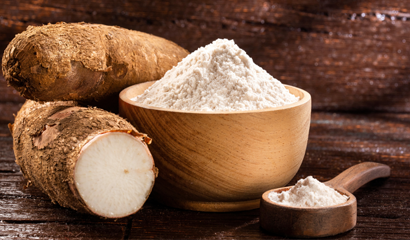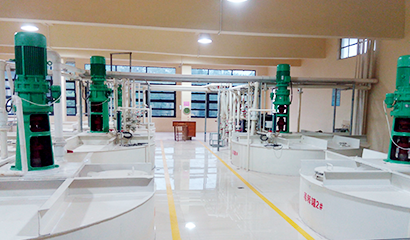
BOLG
The demand of modified starch in the field of papermaking in China is large.
Modified starch is based on natural starch, after a certain method of treatment, to varying degrees to change its original physical or chemical properties. In order to improve the performance of starch and expand its application range, physical, chemical or enzymatic treatment is used to introduce new functional groups into starch molecules or change the size of starch molecules and the properties of starch granules, thereby changing the natural characteristics of starch. The use of modified starch in the food industry is mainly used as a thickener, gelling agent, binder, emulsifier and stabilizer. It can replace expensive raw materials, reduce food manufacturing costs, improve food quality and improve economic efficiency.
According to the China Research Institute report "2021-2026 China's modified starch industry competition pattern analysis and development prospects forecast report" analysis.
There are many kinds of modified starch and it is widely used, so there are many classification methods. According to the modification method of modified starch, it can be divided into physical denaturation, chemical denaturation, enzymatic denaturation and compound denaturation. According to the production route of modified starch, it can also be divided into dry, wet or organic solvent method, extrusion method or drum drying method. It can also be classified according to the source of starch before modification, such as potato modified starch, corn modified starch, wheat modified starch, etc. According to the application or function of starch, there are also oxidized starch, acid starch, cross-linked starch, cationic starch, phospholipid starch, carboxymethyl starch, carboxyalkyl starch, etc.
Analysis of Development Status of Modified Starch Industry
The upstream of the industrial chain of the modified starch industry includes industries such as corn starch, cassava starch, wheat starch, and potato starch; its downstream markets are mainly used in textiles, papermaking, food, feed, casting, medicine, construction, and petroleum.
China's modified starch has the largest demand in the field of papermaking, accounting for about 58%; followed by the food industry, accounting for about 18% of the demand; then in the textile field, the demand for modified starch accounts for 9%; in packaging, The application in other fields such as medicine and chemical industry is still limited, with the demand accounting for 5%, 3% and 3% respectively.
From 2010 to 2018, the overall output of modified starch in China showed a fluctuating growth trend, with the output of 1.239 million tons in 2010 and 1.716 million tons in 2012. Then it declined continuously for three years, with the output of modified starch falling to 1.352 million tons in 2015. By 2017, the output rebounded to 1.706 million tons, up 15.19 percent from the same period last year. In 2018, it fell again to 1.659 million tons, down 2.74 percent from the same period last year; china's modified starch output was 1.7578 million tons in 2019, up 5.98 percent year-on-year.
In recent years, the state has formulated some policies and regulations to regulate the development of modified starch industry and restrict the quality assurance of modified starch produced by enterprises, which has laid the foundation for the sound development of modified starch industry in China. However, with the adjustment of the industrial structure and the continuous improvement of environmental protection requirements, this has brought certain uncertainties and risks to the modified starch industry.
More information







